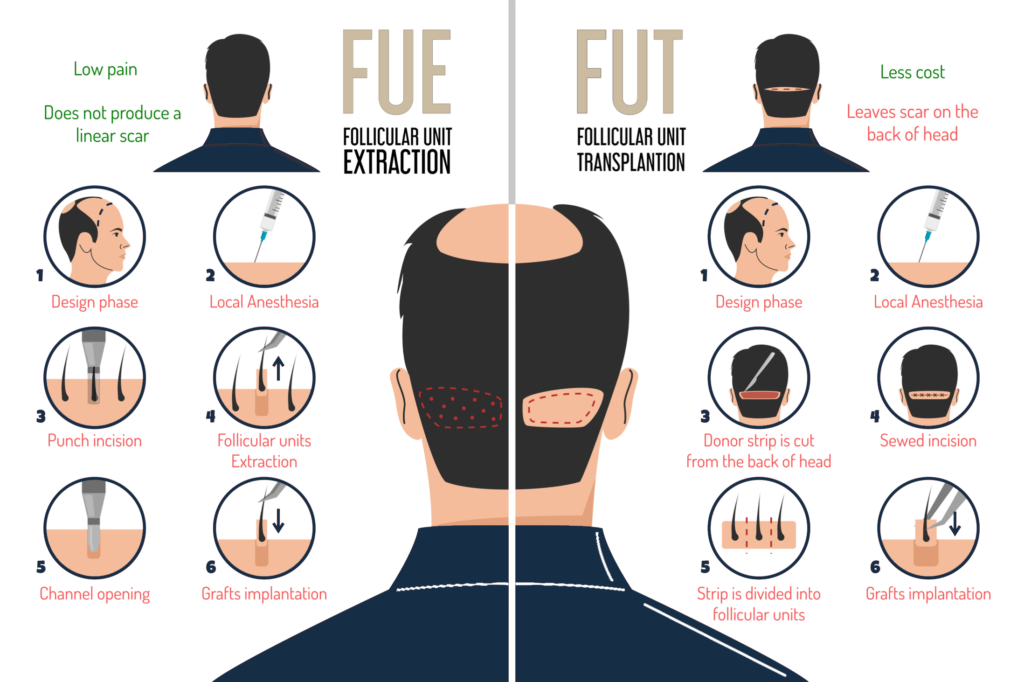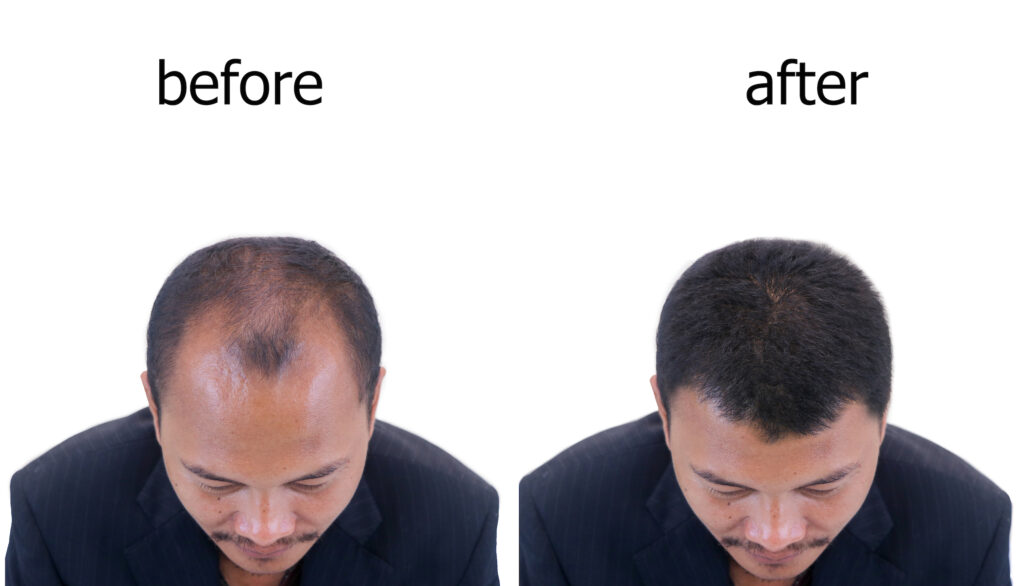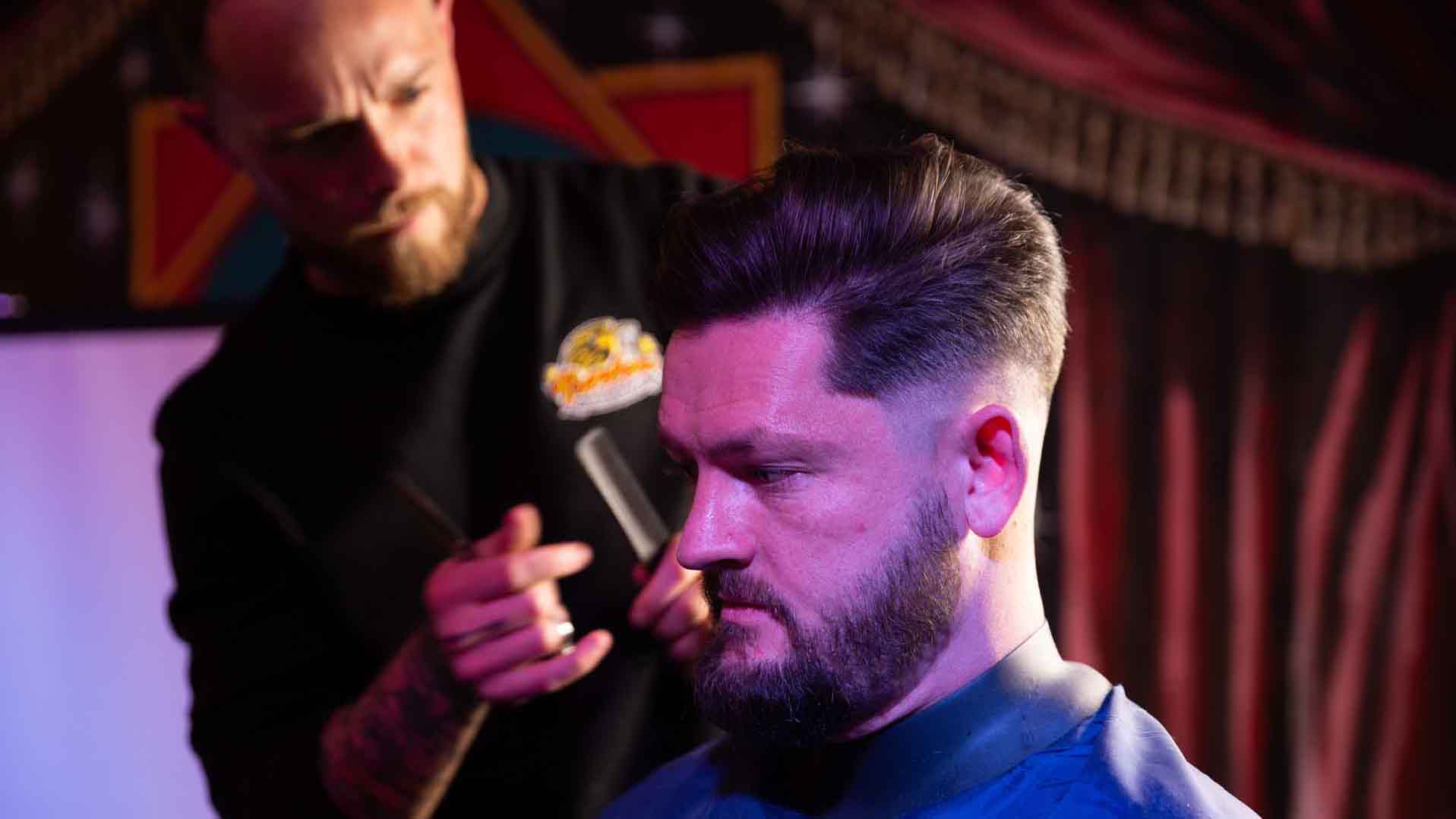
Hair transplant 101: How it works, how much it costs and how long it lasts
Hair loss can be devastating. If your hairline’s receding or you’re experiencing male pattern baldness and are thinking about a hair transplant, we explain how it works, how much it costs and what to look out for
JUMP TO SECTION
Click the links below to jump to the relevant section:
How does hair transplant work?
What is Follicular Unit Transplantation (FUT)?
What is Follicular Unit Excision (FUE)?
How much is a hair transplant?
How long does a hair transplant last?
M ore than 6.5 million men in the UK are currently experiencing male pattern baldness and hair loss.
Your genes play a huge role in why, and where, hair loss occurs, as does stress, alcohol, certain medications, and having an autoimmune disease.
It’s also a condition that gets worse with ageing. By the time you’re 30, there’s a 25% chance you’ll be showing signs of hair loss and by 50, half of men will have had noticeable hair loss.
Due to how common it is, many men – including celebrities – are opting for a hair transplant.
A hair transplant may be seen as a dramatic hair loss treatment, but it’s more common than you might think. It can also be highly effective.
Read on to learn more.
Note: If you’ve lost your hair suddenly consult your doctor before seeking any hair loss treatment or a hair transplant as the hair loss may be a sign of an underlying health condition. In many cases, you may be able to treat hair loss quickly without taking drastic action.
Hair transplant: Everything you need to know
Below we explain more about how hair transplants work, how long they last, and how much a hair transplant costs (on average).
How does hair transplant work?
 Shutterstock
Shutterstock A hair transplant involves transplanting hair follicles from one part of your head to another, where the hair is thinning or receding.
It usually involves taking follicles from the back of your head and transplanting them along the hair line, crown or where hair has a tendency to recede at the side. This is because the hair at the back of your head is typically unaffected by a hormone called DHT.
DHT, or dihydrotestosterone, makes hair follicles shrink. This then causes hair to gradually grow finer, thinner and shorter because the follicles shrink so much that they stop working. The level of DHT you produce is determined by your genes.
The follicles at the back of your head are less susceptible to this hormone, meaning the hair is thicker, stronger and more resilient.
There are then two common types of hair transplant techniques.
Follicular unit transplantation (FUT)
Follicular unit transplantation (FUT), also known as, ‘strip surgery’ involves removing a piece of skin, dividing it into individual groupings of follicular units and then transplanting them to the desired area of thinning/balding. FUT hair transplants create what has become known as ‘hair plugs’, a somewhat negative term which is often used as an insult because of how obvious they make the hair transplant look. This isn’t the case for everyone, but it’s why many men and women are now opting for follicular unit excision (FUE) instead.
Follicular unit excision (FUE)
The second, newer, type of hair transplant is called follicular unit excision (FUE). With this procedure, follicles are removed individually, with the necessary glands, and then transplanted to the new area. You are put under local anaesthetic and it’s a less invasive option compared to a FUT. There’s less risk of damage to the hair follicle, the final finish looks more natural, it typically heals faster and gives the best chance of survival once it’s transplanted. The downside is that it’s more expensive than FUT.
It’s worth noting that you need enough healthy, thick hair in order to be eligible for FUE. This means that it’s worth looking into getting a hair transplant sooner rather than later.
FURTHER READING: Hair loss: What you need to know about losing your hair and male pattern baldness
How much is a hair transplant?
The cost of a hair transplant in the UK varies depending on which procedure you go for, the extent of the transplant, the experience of the surgeon, and the location of the clinic. Generally, this ranges from between £2,000 to £10,000.
It may be tempting to pay less but when it comes to hair transplants, you get what you pay for. Going abroad for a hair transplant, or paying a back-street clinic can not only increase your chances of infection or complications but can reduce how well the transplant works and could actually make the situation worse.
It’s best to do your research and get quotes from a number of reputable clinics so you can get a more accurate estimate based on your individual needs.
If you’re unsure where to start, check the Care Quality Commission (CQC) website. Hair transplants are a form of cosmetic surgery and all independent clinics and hospitals that offer cosmetic surgery treatments must be registered with the CQC. You can then check the credentials of a particular surgeon on the British Association of Hair Restoration Surgery (BAHRS) website.
How long does a hair transplant last?
 Shutterstock
Shutterstock If done properly, by a credible clinic and surgeon, you can expect a hair transplant to last the rest of your life.
It’s important to remember with this type of procedure it’s the hair root that’s being transplanted, not the hair. Therefore once you have your first treatment the hair can shed – this doesn’t mean it’s not going to last or hasn’t worked. It’s a good sign because it means the new hair is coming through and pushing out the donor hair.
Do hair transplants work and do they hurt?
The hair follicles that have been transplanted into a new area of your head (or body) usually start growing hair after three months. You won’t get 100% coverage, but depending on the procedure and the number of follicles transplanted (as well as the strength of the hair that’s been transplanted) you can expect up to 80% coverage.
“Hair restoration surgery can be an extremely effective option for people experiencing hair thinning and bald patches,” leading hair restoration surgeon, Dr Furqan Raja explains. “It involves minimal discomfort, once the local anaesthetic has been administered it is generally pain-free. The procedure is usually performed in one day and you are able to go home straight after. The average age of the patient that I see for a hair transplant is 35.5 years and 98% of my patients report that their hair transplant surgery has significantly improved their confidence and self-esteem.”
“Once upon a time hair restoration surgery was very much a taboo subject and something that was primarily something that older men had in secret,’ explains Dr Raja. ‘I am working hard to break taboos around this and to make people aware of the huge positive impact hair restoration can have for males and females of varying ages. The physical and psychological impact of this type of surgery should not be underestimated.”
MORE LIKE THIS















